The troops (soldiers) equipped to be dropped by parachutes from an aircraft are called paratroopers. Why do paratroopers roll on landing ?
Step by step video, text & image solution for The troops (soldiers) equipped to be dropped by parachutes from an aircraft are called paratroopers. Why do paratroopers roll on landing ? by Physics experts to help you in doubts & scoring excellent marks in Class 9 exams.
Updated on:21/07/2023Topper's Solved these Questions
Similar Questions
The Alaska pipeline starts at the frozen edge of the Arctic Ocean. It stretches southward across the largest and northernmost state in the United States . ending at a remote icefree seaport Village nearly 800 miles from where it begins . It is massive in size and extremely complicated to operate. The steel pipe crosses windswept plains and endless miles of delicate tundra that tops the frozen ground . It weaves through crooked canyons , climbs sheer monuments , plunges over rocky crags , makes its way through thick forest , and passes over or under hundreds of rivers and streams . The pipe is 4 feet in diameter, and up to 2 million barrels (or 84 million gallons ) of crude oil can be pumped through it daily. Resting on H - Shaped steel racks called" bents". long sections of the pipeline follow a zigzag course high above the frozen earth . Other long sections drop out of sight beneath spongy or rocky ground and return to the surface later on. The pattern of the pipeline's up and down route is determined by the often harsh demands of the arctic and subarctic climate , the tortuous lay of the land , and the varied composition of soil, rock, or permafrost ( permanently frozen ground) . A little more than half of the pipeline is elevated above the ground. The remainder is buried anywhere from 3 to 12 feet , depending largely upon the type of terrain and the properties of of the soil. One of the largest in the world , the pipeline cost approximately $8 billion and is by far the biggest and most expensive construction project ever undertaken by private industry. In fact , no single business could raise that much money , so 8 major oil companies , formed a consortium in order to share the costs. Each company controlled oil rights to particular shares of land in the oil fields and paid into the pipeline construction fund according to the size of its holdings. Today, despite enormous problems of climate, supply shortage , equipment breakdowns , labour disagreements , terrain, a certain amount of mismanagement , and even theft , the Alaska pipeline has been completed and is operating.
The Alaskan pipeline ends
View SolutionThe Alaska pipeline starts at the frozen edge of the Arctic Ocean. It stretches southward across the largest and northernmost state in the United States . ending at a remote icefree seaport Village nearly 800 miles from where it begins . It is massive in size and extremely. complicated to operate. The steel pipe crosses windswept plains and endless miles of delicate tundra that tops the frozen ground . It weaves through crooked canyons , climbs sheer monuments , plunges over rocky crags , makes its way through thick forest , and passes over or under hundreds of rivers and streams . The pipe is 4 feet in diameter, and up to 2 million barrels (or 84 million gallons ) of crude oil can be pumped through it daily. Resting on H - Shaped steel racks called" bents". long sections of the pipeline follow a zigzag course high above the frozen earth . Other long sections drop out of sight beneath spongy or rocky ground and return to the surface later on. The pattern of the pipeline's up and down route is determined by the often harsh demands of the arctic and subarctic climate , the tortuous lay of the land , and the varied composition of soil, rock, or permafrost ( permanently frozen ground) . A little more than half of the pipeline is elevated above the ground. The remainder is buried anywhere from 3 to 12 feet , depending largely upon the type of terrain and the properties of of the soil. One of the largest in the world , the pipeline cost approximately $8 billion and is by far the biggest and most expensive construction project ever undertaken by private industry. In fact , no single business could raise that much money , so 8 major oil companies , formed a consortium in order to share the costs. Each company controlled oil rights to particular shares of land in the oil fields and paid into the pipeline construction fund according to the size of its holdings. Today, despite enormous problems of climate, supply shortage , equipment breakdowns , labour disagreements , terrain, a certain amount of mismanagement , and even theft , the Alaska pipeline has been completed and is operating.
How was the fund for pipeline construction generated ?
View Solution
Knowledge Check
After having celebrated his brother’s birthday, Max makes his way to Fuchsia city, to take a boat to Cinnabar Island. The sailor, Mr. Hendricks, is however in a dilemma. There is a castle in the middle of the sea on the way to Cinnabar Is land. Owing to issues, he needs to bribe each and every soldier with 10 PokéDollars to pass through. He is not sure of the number of soldiers in the main towers due to the new rules that have been imposed. He seeks Max’s help. In the castle, there are passways as straight row and column (passways are the dark grey strips) at any point when you see left or right or up or down . Also there are some magical tunnels joining one stop (stops are the places where troops of soldiers stand) to the other in a non-straight manner. The magic of the tunnel is clon- ing the soldiers. If you place any number of soldiers in one stop, then all stops joined to it through the tunnel will have same number of cloned soldiers. Cloned soldiers can also be cloned if there is one more. Number of soldiers at any stop in any row or column are more than one and sum of all soldiers at all stops in any row or column is same. Every stop is marked a number from 1 to 6 and stops in any row or column have different numbers. Soldier troop with ‘x’ number of soldier will stand on the stop marked as ‘x’. There are some soldier having all time duty and they are depicted in the figure with their positions. But fearing for safety, the king increased the security and ordered to place a soldier on every stop in the above way of his convenience. The circle in the middle represents the main tower and Max has to find the number of extra soldiers. The answer is ________
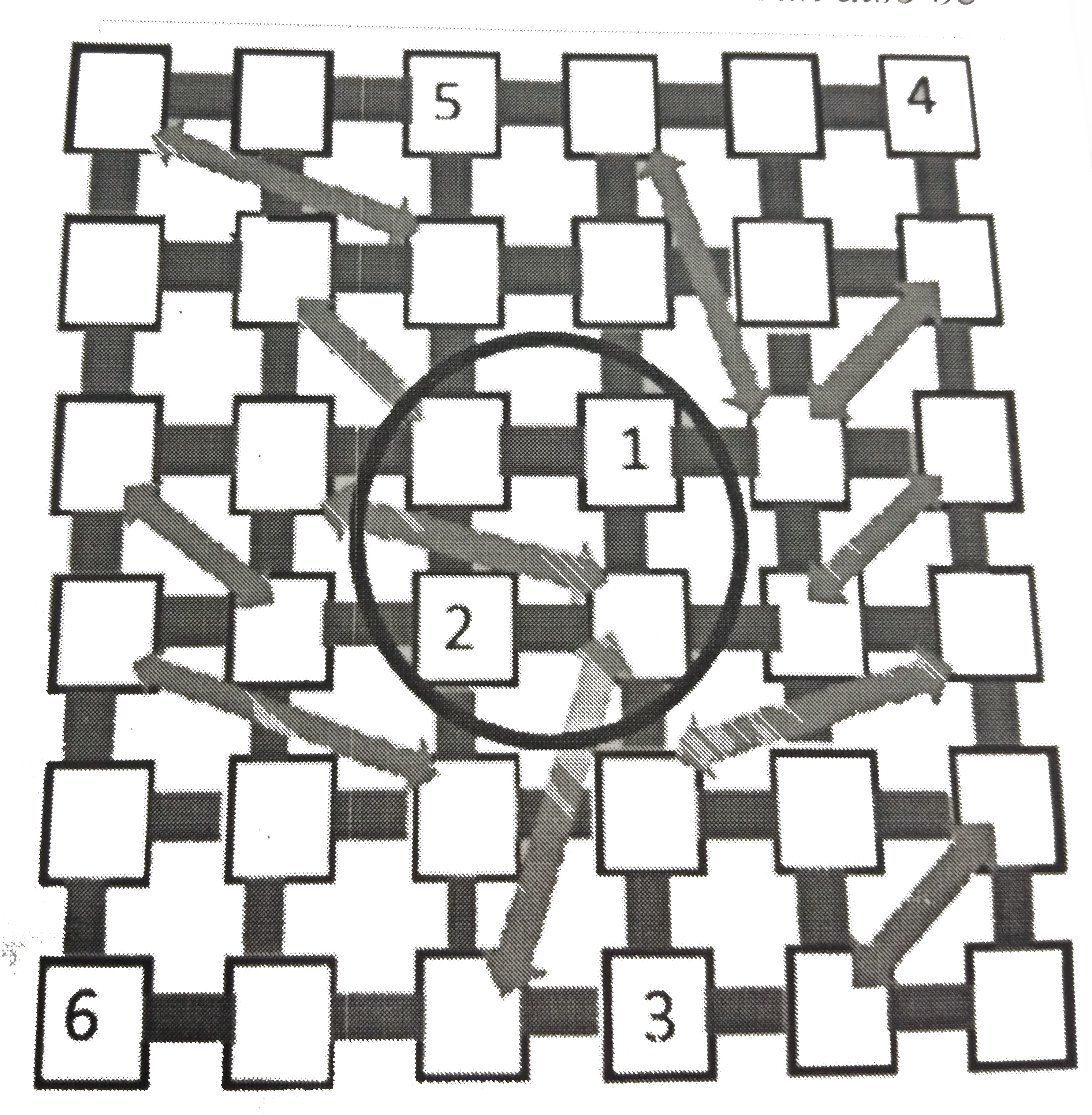 A62B64C66D68
A62B64C66D68A paratrooper id dropped from an airplane. After some time his parachute opens and he reaches the ground with almost zero speed. This speed of fall (v) versus time (t) grapg will look like :
A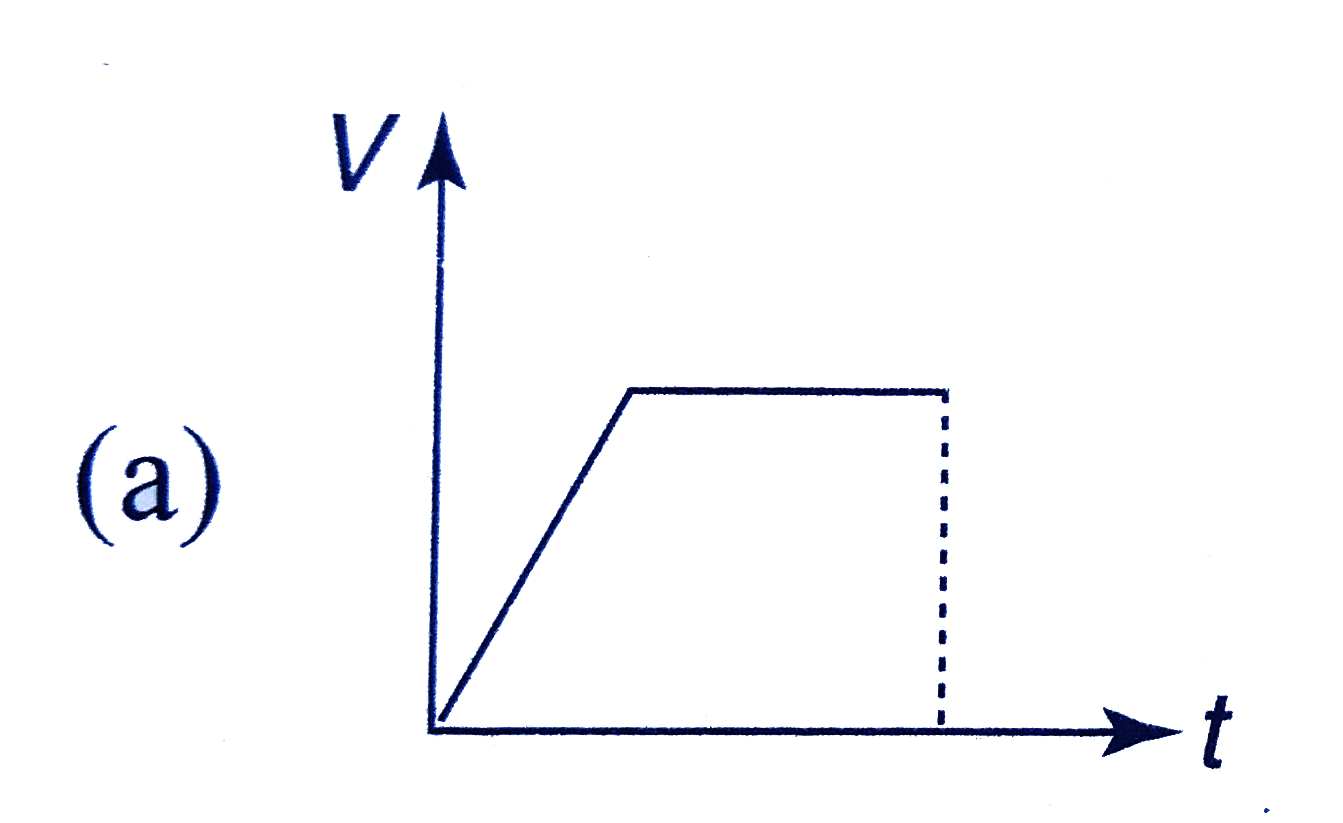 .B
.B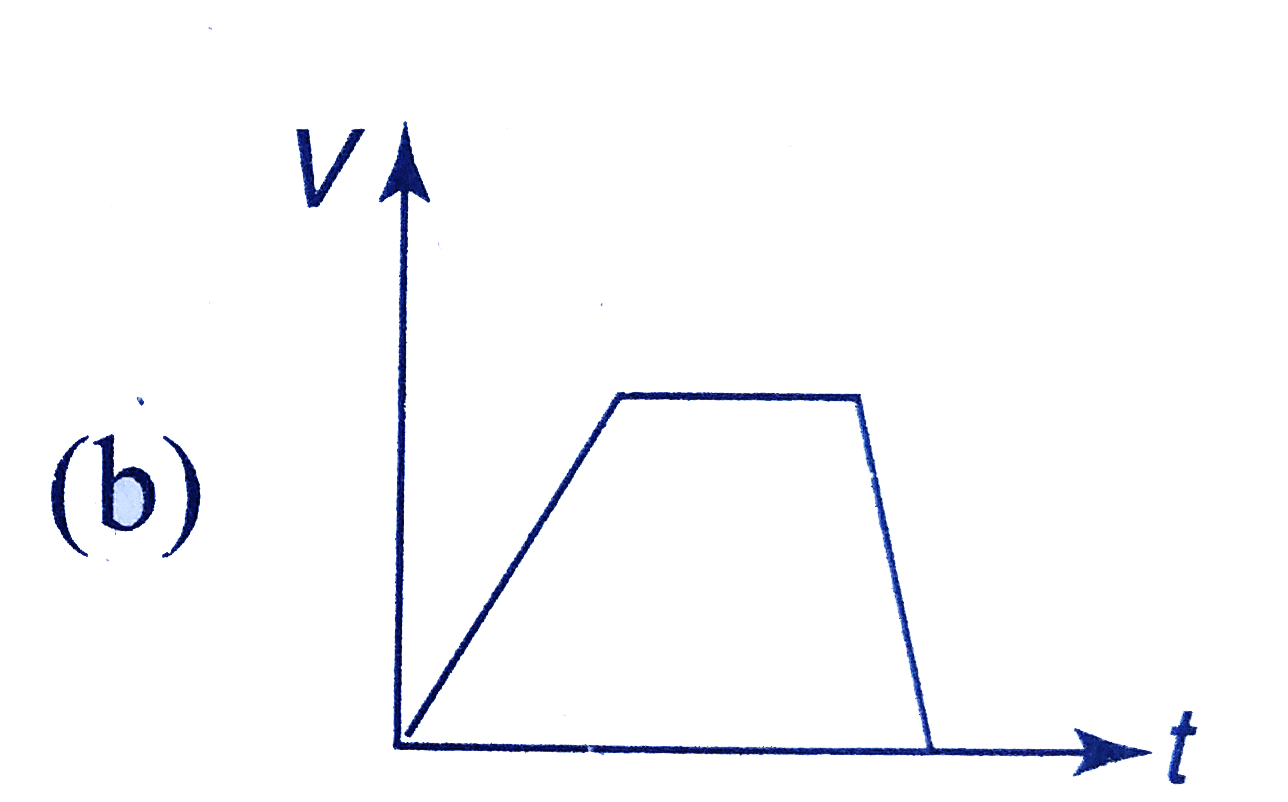 .C
.C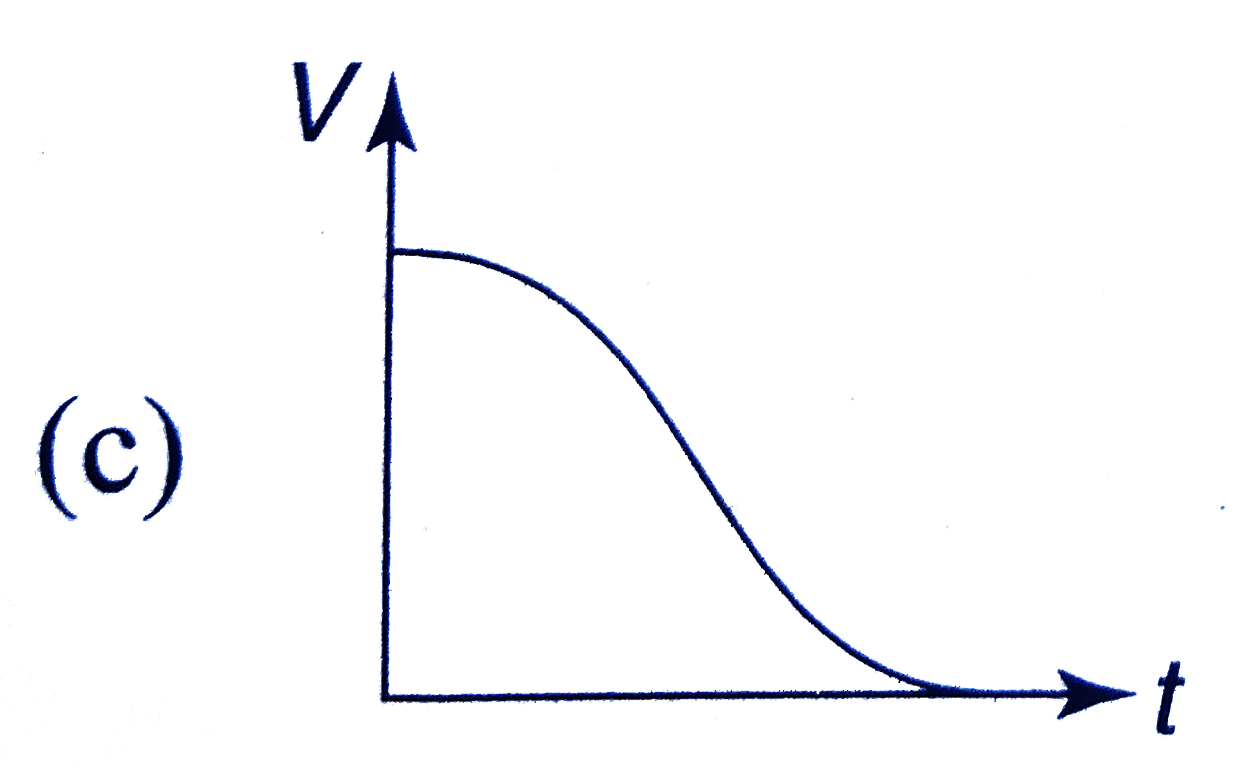 .D
.D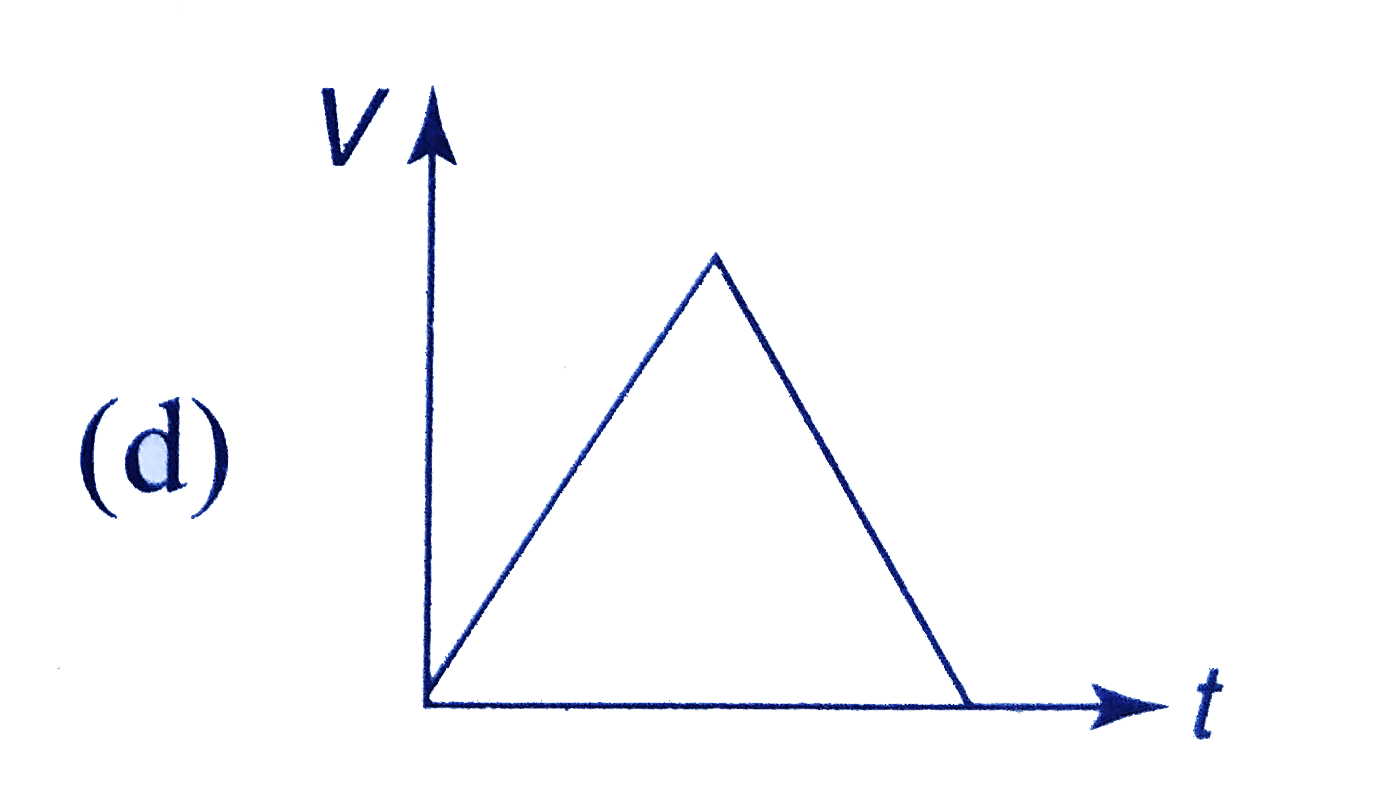 .
.The Alaska pipeline starts at the frozen edge of the Arctic Occan. It stretches southward across the largest and northernmost state in the United States . ending at a remote icefree seaport Village nearly 800 miles from where it begins . It is massive in size and extremely. complicated to operate. The steel pipe crosses windswept planins and endless miles of delicate tundra that tops the frozen ground . It weaves through crooked canyons , climbs sheer monuments , plunges over rocky crags , makes its way through thick forest , and passes over or under hundreds of rivers and streams . The pipe is 4 feet in diameter, and up to 2 million barrels (or 84 million gallons ) of crude oil can be pumped through it daily. Resting on H - Shaped steel racks called" bents". long sections of the pipeline follow a zigzag course high above the frozen earth . Other long sections drop out of sight beneath spongy or rocky ground and return to the surface later on. The pattern of the pipeline's up and down route is determined by the often harsh demands of the arctic and subarctic climate , the tortuous lay of the land , and the varied composition of soil, rock, or permafrost ( permanently frozen ground) . A little more than half of the pipeline is elevated above the ground. The remainder is buried anywhere from 3 to 12 feet , depending largely upon the type of terrain and the properties of of the soil. One of the largest in the world , the pipeline cost approximately $8 billion and is by far the biggest and most expensive construction project ever undertaken by private industry. In fact , no single business could raise that much money , so 8 major oil companies , formed a consortium in order to share the costs. Each company controlled oil rights to particular shares of land in the oil fields and paid into the pipeline construction fund according to the size of its holdings. Today, despite enormous problems of climate, supply short - age , equipment breakdowns , labour disagreements , terrain, a certain amount of mismanagement , and even theft , the Alaska pipeline has been completed and is operating.
What is the capacity of the Alaskan pipeline ?A(a) 2 million gallons of crude oilB(b) 4 million barrels of crude oilC(c) 84 million barrels of crude oilD(d) 84 billion barrels of crude oil
The Alaska pipeline starts at the frozen edge of the Arctic Occan. It stretches southward across the largest and northernmost state in the United States . ending at a remote icefree seaport Village nearly 800 miles from where it begins . It is massive in size and extremely. complicated to operate. The steel pipe crosses windswept planins and endless miles of delicate tundra that tops the frozen ground . It weaves through crooked canyons , climbs sheer monuments , plunges over rocky crags , makes its way through thick forest , and passes over or under hundreds of rivers and streams . The pipe is 4 feet in diameter, and up to 2 million barrels (or 84 million gallons ) of crude oil can be pumped through it daily. Resting on H - Shaped steel racks called" bents". long sections of the pipeline follow a zigzag course high above the frozen earth . Other long sections drop out of sight beneath spongy or rocky ground and return to the surface later on. The pattern of the pipeline's up and down route is determined by the often harsh demands of the arctic and subarctic climate , the tortuous lay of the land , and the varied composition of soil, rock, or permafrost ( permanently frozen ground) . A little more than half of the pipeline is elevated above the ground. The remainder is buried anywhere from 3 to 12 feet , depending largely upon the type of terrain and the properties of of the soil. One of the largest in the world , the pipeline cost approximately $8 billion and is by far the biggest and most expensive construction project ever undertaken by private industry. In fact , no single business could raise that much money , so 8 major oil companies , formed a consortium in order to share the costs. Each company controlled oil rights to particular shares of land in the oil fields and paid into the pipeline construction fund according to the size of its holdings. Today, despite enormous problems of climate, supply short - age , equipment breakdowns , labour disagreements , terrain, a certain amount of mismanagement , and even theft , the Alaska pipeline has been completed and is operating.
Which of the following were not problems faced while constructing the pipeline ?
View SolutionThe Alaska pipeline starts at the frozen edge of the Arctic Occan. It stretches southward across the largest and northernmost state in the United States . ending at a remote icefree seaport Village nearly 800 miles from where it begins . It is massive in size and extremely. complicated to operate. The steel pipe crosses windswept planins and endless miles of delicate tundra that tops the frozen ground . It weaves through crooked canyons , climbs sheer monuments , plunges over rocky crags , makes its way through thick forest , and passes over or under hundreds of rivers and streams . The pipe is 4 feet in diameter, and up to 2 million barrels (or 84 million gallons ) of crude oil can be pumped through it daily. Resting on H - Shaped steel racks called" bents". long sections of the pipeline follow a zigzag course high above the frozen earth . Other long sections drop out of sight beneath spongy or rocky ground and return to the surface later on. The pattern of the pipeline's up and down route is determined by the often harsh demands of the arctic and subarctic climate , the tortuous lay of the land , and the varied composition of soil, rock, or permafrost ( permanently frozen ground) . A little more than half of the pipeline is elevated above the ground. The remainder is buried anywhere from 3 to 12 feet , depending largely upon the type of terrain and the properties of of the soil. One of the largest in the world , the pipeline cost approximately $8 billion and is by far the biggest and most expensive construction project ever undertaken by private industry. In fact , no single business could raise that much money , so 8 major oil companies , formed a consortium in order to share the costs. Each company controlled oil rights to particular shares of land in the oil fields and paid into the pipeline construction fund according to the size of its holdings. Today, despite enormous problems of climate, supply short - age , equipment breakdowns , labour disagreements , terrain, a certain amount of mismanagement , and even theft , the Alaska pipeline has been completed and is operating.
What are ''bents'' ?
View SolutionThe Alaska pipeline starts at the frozen edge of the Arctic Ocean. It stretches southward across the largest and northernmost state in the United States, ending at a remote icefree seaport village nearly 800 miles from where it begins. It is massive in size and extremely complicated to operate. The steel pipe crosses windswept plains and endless miles of delicate tundra that tops the frozen ground. It weaves through crooked canyons, climbs sheer mountains, plunges over rocky crags, makes its way through thick forests, and passes over or under hundreds of rivers and streams. The pipe is 4 feet in diameter, and up to 2 million barrels (or 84 million gallons) of crude oil can be pumped through it daily. Resting on H-shaped steel racks called "bents", long sections of the pipeline follow a zigzag course high above the frozen earth. Other long sections drop out of sight beneath spongy or rocky ground and return to the surface later on. The pattern of the pipeline's up and down route is determined by the often harsh demands of the arctic and subarctic climate, the tortuous lay of the land, and the varied compositions of soil, rock, or permafrost (permanently frozen ground). A little more than half of the pipeline is elevated above the ground. The remainder is buried anywhere from 3 to 12 feet, depending largely upon the type of terrain and the properties of the soil. One of the largest in the world, the pipeline cost approximately $8 billion and is by far the biggest and most expensive construction project ever undertaken by private industry. In fact, no single business could raise that much money, so 8 major oil companies formed a consortium in order to share the costs. Each company controlled oil rights to particular shares of land in the oil fields and paid into the pipeline construction fund according to the size of its holdings. Today, despite enormous problems of climate, supply shortage. equipment breakdowns, labour disagreements, treacherous terrain, a certain amount of mismanagement, and even theft. the Alaska pipeline has been completed and is operating.
What is the capacity of the Alaskan pipeline?
View SolutionThe Alaska pipeline starts at the frozen edge of the Arctic Ocean. It stretches southward across the largest and northernmost state in the United States, ending at a remote icefree seaport village nearly 800 miles from where it begins. It is massive in size and extremely complicated to operate. The steel pipe crosses windswept plains and endless miles of delicate tundra that tops the frozen ground. It weaves through crooked canyons, climbs sheer mountains, plunges over rocky crags, makes its way through thick forests, and passes over or under hundreds of rivers and streams. The pipe is 4 feet in diameter, and up to 2 million barrels (or 84 million gallons) of crude oil can be pumped through it daily. Resting on H-shaped steel racks called "bents", long sections of the pipeline follow a zigzag course high above the frozen earth. Other long sections drop out of sight beneath spongy or rocky ground and return to the surface later on. The pattern of the pipeline's up and down route is determined by the often harsh demands of the arctic and subarctic climate, the tortuous lay of the land, and the varied compositions of soil, rock, or permafrost (permanently frozen ground). A little more than half of the pipeline is elevated above the ground. The remainder is buried anywhere from 3 to 12 feet, depending largely upon the type of terrain and the properties of the soil. One of the largest in the world, the pipeline cost approximately $8 billion and is by far the biggest and most expensive construction project ever undertaken by private industry. In fact, no single business could raise that much money, so 8 major oil companies formed a consortium in order to share the costs. Each company controlled oil rights to particular shares of land in the oil fields and paid into the pipeline construction fund according to the size of its holdings. Today, despite enormous problems of climate, supply shortage. equipment breakdowns, labour disagreements, treacherous terrain, a certain amount of mismanagement, and even theft. the Alaska pipeline has been completed and is operating.
The Alaskan pipeline ends
View SolutionThe Alaska pipeline starts at the frozen edge of the Arctic Ocean. It stretches southward across the largest and northernmost state in the United States, ending at a remote icefree seaport village nearly 800 miles from where it begins. It is massive in size and extremely complicated to operate. The steel pipe crosses windswept plains and endless miles of delicate tundra that tops the frozen ground. It weaves through crooked canyons, climbs sheer mountains, plunges over rocky crags, makes its way through thick forests, and passes over or under hundreds of rivers and streams. The pipe is 4 feet in diameter, and up to 2 million barrels (or 84 million gallons) of crude oil can be pumped through it daily. Resting on H-shaped steel racks called "bents", long sections of the pipeline follow a zigzag course high above the frozen earth. Other long sections drop out of sight beneath spongy or rocky ground and return to the surface later on. The pattern of the pipeline's up and down route is determined by the often harsh demands of the arctic and subarctic climate, the tortuous lay of the land, and the varied compositions of soil, rock, or permafrost (permanently frozen ground). A little more than half of the pipeline is elevated above the ground. The remainder is buried anywhere from 3 to 12 feet, depending largely upon the type of terrain and the properties of the soil. One of the largest in the world, the pipeline cost approximately $8 billion and is by far the biggest and most expensive construction project ever undertaken by private industry. In fact, no single business could raise that much money, so 8 major oil companies formed a consortium in order to share the costs. Each company controlled oil rights to particular shares of land in the oil fields and paid into the pipeline construction fund according to the size of its holdings. Today, despite enormous problems of climate, supply shortage. equipment breakdowns, labour disagreements, treacherous terrain, a certain amount of mismanagement, and even theft. the Alaska pipeline has been completed and is operating.
How was the fund for pipeline construction generated?
View Solution
